Search
Did you mean: Lysander?
Search Results
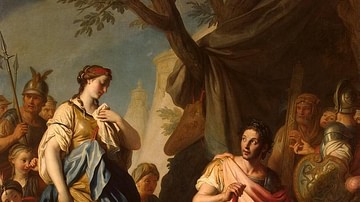
Image
Alexander The Great and Roxane
Alexander The Great and Roxane (1756) by Pietro Antonio Rotari (1707–1762). Hermitage Museum, Saint Petersburg, Russia.
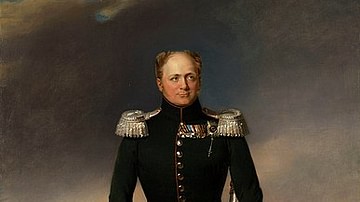
Image
Alexander I, Emperor of Russia
Emperor Alexander I of Russia (r. 1801-1825), oil on canvas portrait by George Dawe, c. 1818-1825.
British Royal Collection.
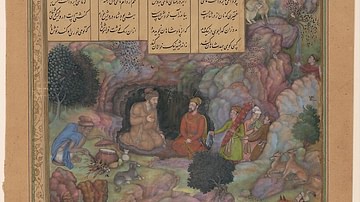
Image
Alexander Visits the Sage Plato in his Mountain Cave
An illustration from the Khamsa (Quintet) by the Indian poet Amir Khusrau (1253–1325). The scene shows (on the right) Alexander the Great, who in Khusrau’s work travels extensively, including in search of spritiual enlightenment. The Greek...
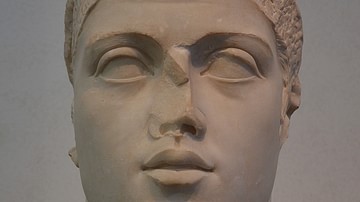
Image
Alexander Severus
Portrait of Roman Emperor Alexander Severus (reign: 222 – 235 CE), from Ostia Antica. (Palazzo Massimo alle Terme, Rome)

Image
Alexander Mikaberidze
Alexander Mikaberidze, the author of Kutuzov: A Life in War and Peace.
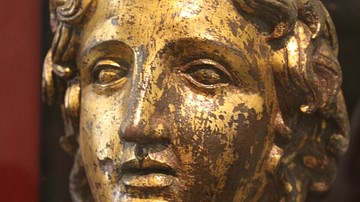
Image
Alexander the Great, Bronze Head
Head of Alexander the Great from a smaller than life-size statue, goldleaf on bronze, 2nd century CE. (Palazzo Massimo, Rome).
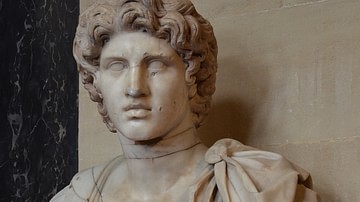
Image
Alexander the Great, Roman Era bust
Roman bust of Alexander the Great, excavated from the ruins of Herculaneum. (Blenheim Palace Oxfordshire, UK)
![Alexander the Great [Profile View]](https://www.worldhistory.org/img/c/p/360x202/1047.jpg?v=1742312108)
Image
Alexander the Great [Profile View]
A bust of Alexander the Great, 2nd-1st century BCE. Said to be from Alexandria, Egypt. (The British Museum, London).
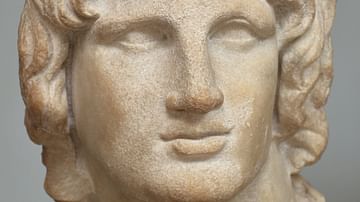
Image
Alexander the Great, Marble Head
Marble portrait of Alexander the Great, 2nd-1st century BCE, said to be from Alexandria, Egypt. (British Museum, London)
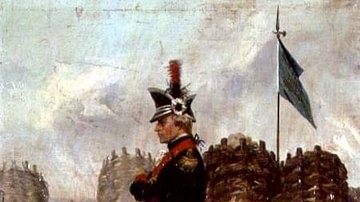
Image
Alexander Hamilton in the Uniform of New York Artillery
Colonel Alexander Hamilton, dressed in the uniform of the New York artillery during the American Revolutionary War. Painting by Alonzo Chappel, c. 19th century.